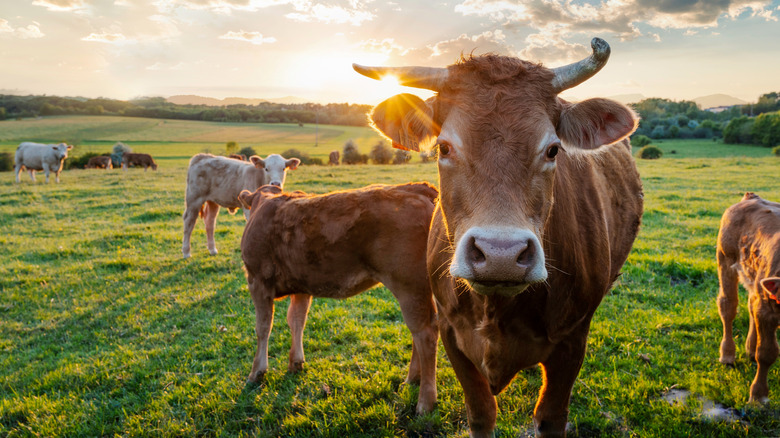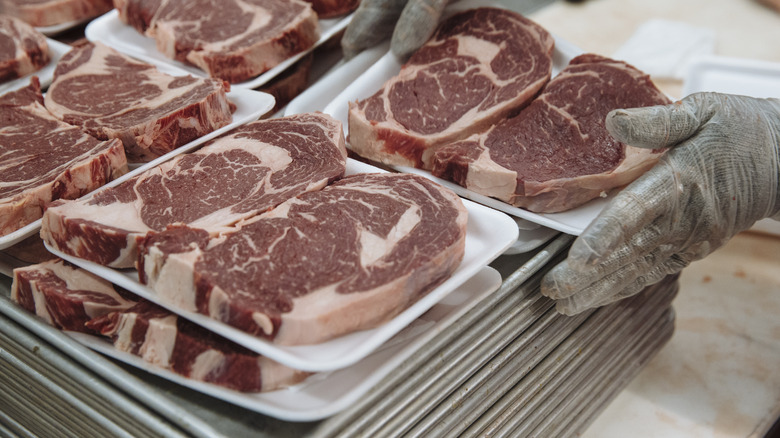Amid US Heatwaves, Meat Companies Are Forced To Waste Dead Cattle
An early and prolonged heatwave in June caused the death of thousands of cattle in Kansas. Scarlett Hagins of the Kansas Livestock Association told CNN that the suddenness of the temperature spike meant farmers did not have a chance to implement their usual measures to alleviate heat stress on their cattle such as supplying extra water, altering their feed, and activating sprinkler systems. At first, many could not believe that such death was due to heat alone. A video on YouTube showing near innumerable carcasses has attracted lots of conspiratorial comments suggesting that something else must be at play.
However, after looking into the case, Verify could, well, verify that around 2,000 cattle died due to heat stress. The issue is that cattle experience heat stress at a much lower temperature than people, generally at 72 degrees F with 50% humidity. However, some cattle are fed on feed that raises their internal temperature, meaning that they suffer at even lower temperatures than that. As Futurism notes, mass cattle death like this is likely to become more commonplace as heatwaves like the one Kansas experienced in June become an expected part of the season.
Dealing with the dead
The sudden appearance of thousands of dead cattle is a logistics nightmare. Reuters reported on how companies have disposed of the excess dead cattle. Seward County Landfill Director Brock Theiner described that it was a rather gruesome process with the measures that had to be taken in order to dispose of the remains. Usually, many of these cattle would be processed into fertilizer and pet food. However, the sheer number of bodies meant the system was overloaded and would not have been able to process them before they rotted.
Looking ahead, some companies will change the feed to hay or silage which will not raise the internal temperature of the cattle so high. However, even with future measures taken, the beef market has taken a blow. NPR learned that each individual cattle was worth around $2,000. That is not even taking into account the environmentally intensive methods to raise them. As temperatures are expected to stay this high in the future, the market will have to evolve.

